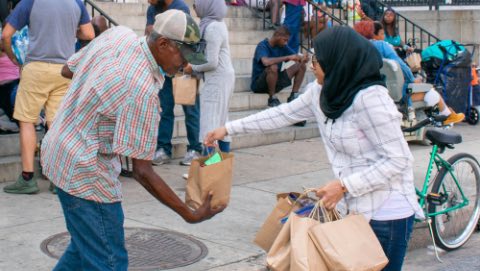
The city of Baltimore, MD is forming The Baltimore Health Corps – a public-private partnership which will seek to to equitably address the city’s economic and public health crises caused by COVID-19. The 12-month pilot program is a partnership between the Baltimore City Health Department, Jhpiego, the Mayor’s Office for Employment Development, Baltimore Corps, HealthCare Access Maryland, and the Baltimore Civic Fund.
More than 300 jobless residents will be recruited, trained, and employed to serve as contact tracers and care coordinators. The initiative is preferentially hiring Baltimore residents who are currently unemployed and those that speak multiple languages, or languages other than English. The staff will have three key functions: contact tracing, public health education outreach, and care coordination and social support.
Baltimore has committed to $4.5M in support and the Rockefeller Foundation will contribute an initial $2M. The total cost of the initiative is $12.4M.
“The Baltimore Health Corps is first-of-its-kind because it will target hiring individuals who have recently lost their jobs due to the pandemic and live in communities hardest hit by Covid-19 as community health workers, including those without previous healthcare experience,” Mayor Young said. “All 300+ members of the Baltimore Health Corps will receive a living wage and a stipend for health insurance to serve as full-time, trusted contact tracers and care coordinators in our communities. I am grateful to this extraordinary coalition of philanthropists and operating partners who have worked tirelessly to launch this groundbreaking model in Baltimore City.”
“The Baltimore Health Corps is the type of collaborative and innovative solution that we need right now,” said Dr. Rajiv Shah, president of the Rockefeller Foundation. “By putting the community at the very core of this approach, the pilot will support the City’s public health and economic needs while serving as a model that can be adapted and scaled in cities across America.”